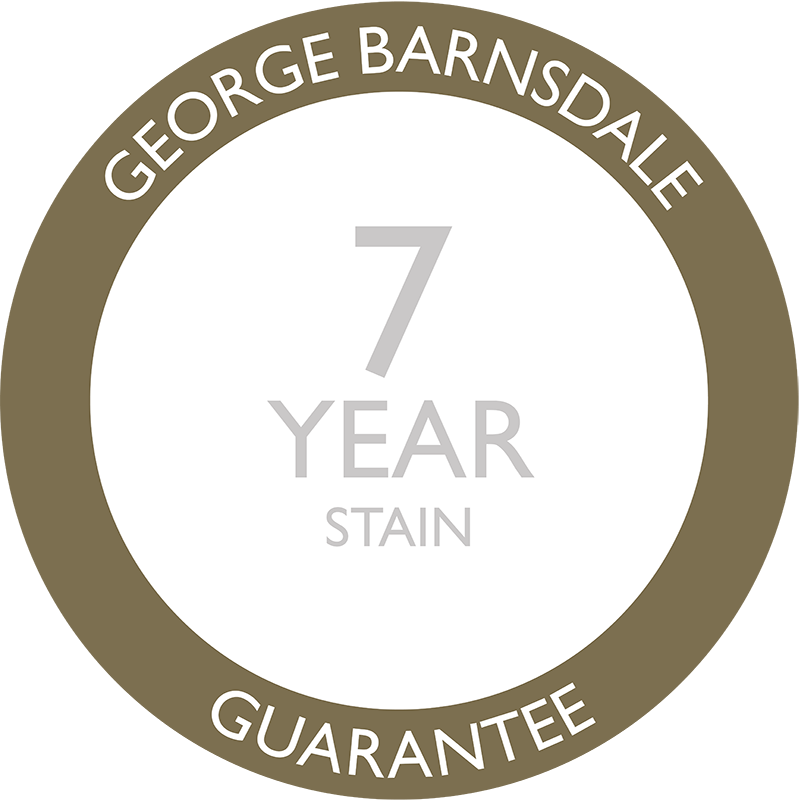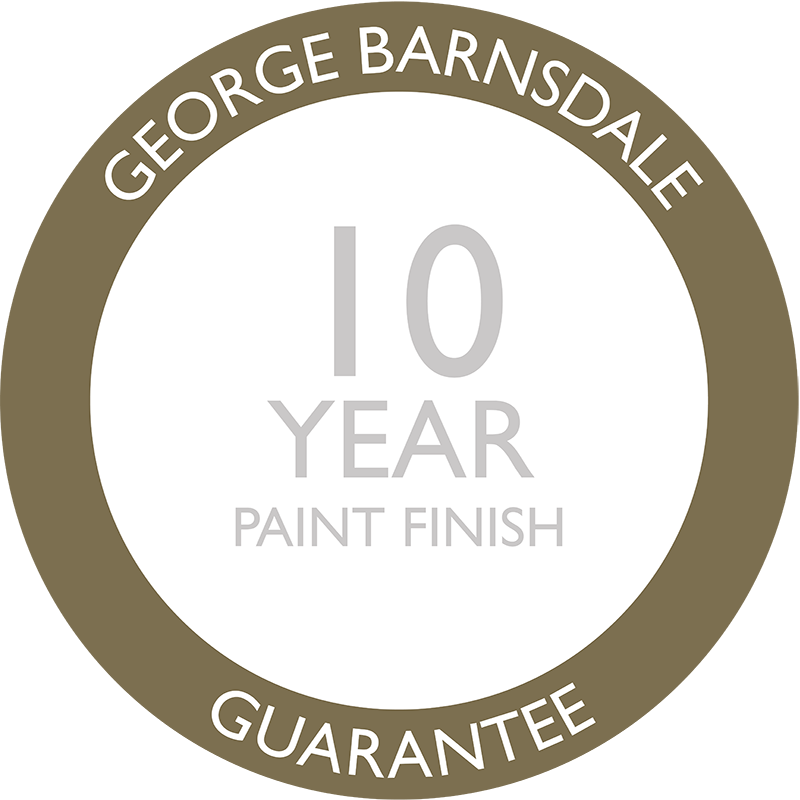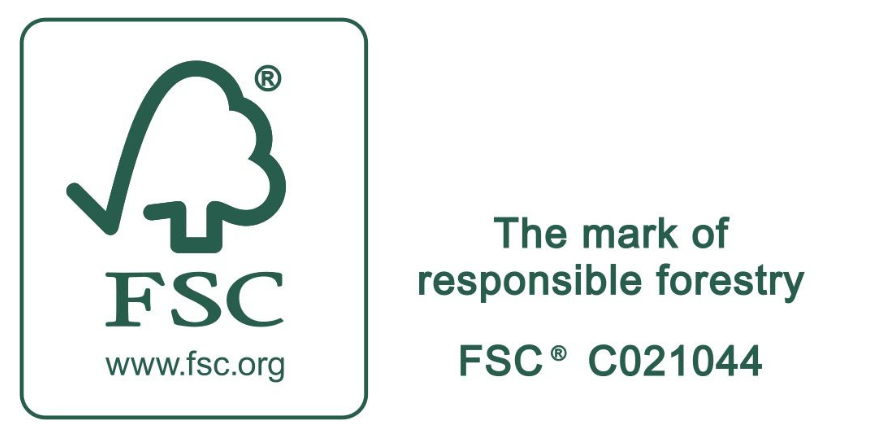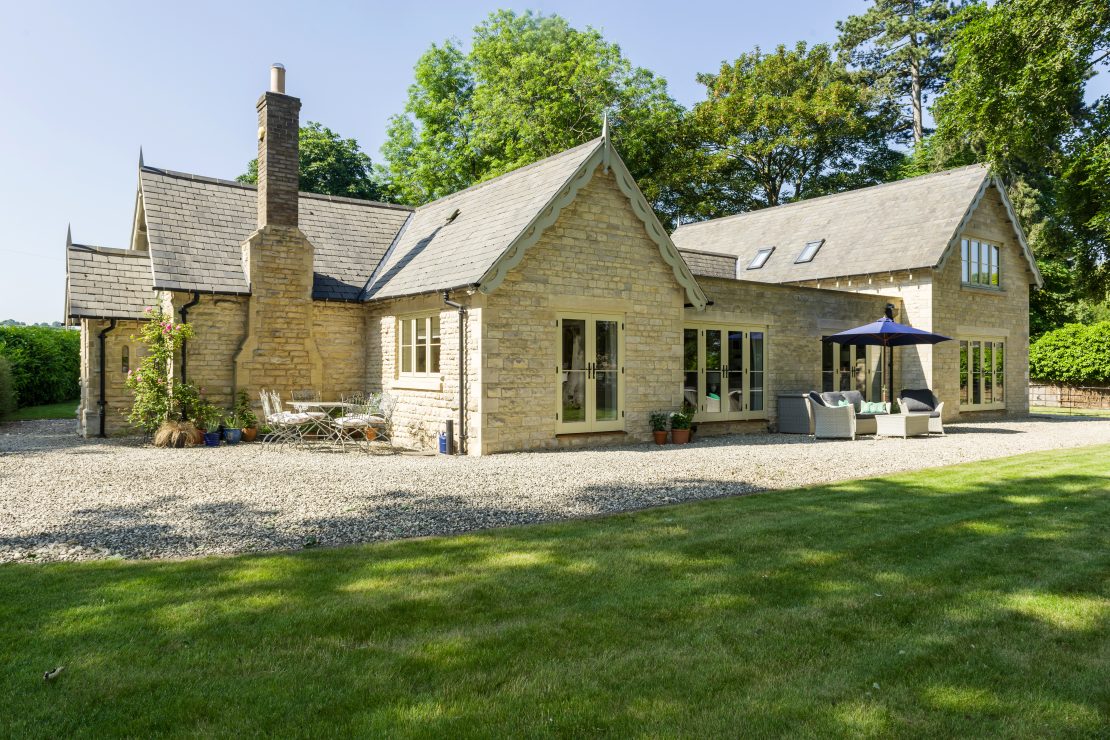September 12, 2023
As a result of poor practices in the 1970s and 1980s many people lost faith in timber windows and doors. Along came uPVC and aluminium – the “maintenance free solution” to forever windows! Despite huge advances in timber window technology ensuring they last 60 years or more and the obvious environmental benefits many people, including architects still find themselves doubting Thomas’s!
Only 24% of architects in a recent survey by George Barnsdale said they would choose timber for a new build or contemporary building. The main reason was concerns around durability.
This blog explains the benefits of modern paints and stains and how it impacts on the longevity of timber windows and doors. A CPD webinar has also been created on this subject, contact us for details.
What does Leonardo Da Vinci’s “The Last Supper” have to do with modern paint coatings and timber windows?
Da Vinci was the master of experimentation and this extended to paint techniques. He used an experimental technique to paint the moment that Christ told his Apostles that one of them would betray him.
The scene would typically have been painted on wet plaster, but this fresco technique was fast-drying and would have required him to work quickly. Da Vinci wanted to work slowly over a number of years, and so he applied his pigments to a dry plaster wall. The result was a painting that didn’t adhere to its surface due to the technique and Milan’s humidity. The painting is also located in a damp place prone to flooding. As a result, “The Last Supper” began flaking just 20 years after da Vinci completed it!
What can we learn from this?
There are a lot of things we can learn from this when it comes to our own use of paints and coatings in fenestration to ensure they last. From surface preparation, to allowing for location and humidity, paint is only as good as its substrate.
Like Da Vinci George Barnsdale love to experiment and research new techniques and over the years we’ve gained a lot of knowledge, but we don’t implement them until we have fully tested them! Da Vinci might have learned a thing or two from us!
Stephen Wright, Chairman George Barnsdale
What are modern coatings?
Modern coatings are nothing like the paints and stains of old. Unlike the lead paints of the past, today’s coatings manufactured by companies like Remmers are non toxic, water based, micro porous and extremely durable. They must adhere to EN927 which considers durability, performance and environmental impact. It also covers methods for measuring the thickness of coatings.

What’s the difference between paints and coatings?
The terms “paints” and “coatings” are often used interchangeably. However, for the most part, paints are considered to be used primarily for aesthetics, while coatings are used principally to prevent substrate deterioration or for corrosion protection.
Our coatings do both, with excellent protective properties coupled with an infinite choice of colours and finishes.
How environmentally friendly are modern paints?
There is no getting away from the fact that modern coatings contain plastic, this is what gives them longevity, meaning windows made to BWF standards like George Barnsdale’s will last 60+ years with minimal maintenance. A project at Kings Cross completed 20 years ago with similar coating has still not required repainting.

By extending the life of a painted surface, less repainting is required, reducing the environmental footprint associated with manufacturing, transportation, and disposal of paint. In addition, there is the positive environmental (and financial) impact of not having to repaint every few years, hiring scaffolding, manpower, materials etc.
Of course, extending the life of the painted surface also extends the life of the window or door which also saves valuable resources over time as they need replacing far less frequently. Such products also have reduced VOCs compared to solvent based paints. These can contribute to air pollution and have harmful effects on health.
On the other hand, microplastic pollution can be a problem with some coatings and incorrect disposal of paint containers and waste can also pose problems. However, responsible manufacturers have strict procedures in place to mitigate this. Coatings manufacturers are looking at alternatives such as bio-based additives and natural resins.
What preparation is needed to optimise coating performance?
You can have an excellent paint product, but it you don’t apply it properly, it won’t perform as it should. George Barnsdale has taken a comprehensive approach incorporating a raft of processes to ensure the paint performs at optimum levels.
It starts with the timber. Manufacturers such as Barnsdale use engineered timber because it is more stable and provides an excellent base for the coatings

It is also essential to control the moisture content using a humidification system which keeps the timber at the optimal levels at each stage. This varies throughout the factory.

When the frames arrive at the paint shop, they go through Barnsdale’s unique four stage process. The base preservative coat needs to penetrate all surfaces to seal and protect. This can be done by spraying, dipping or flowcoating, Barnsdale use flowcoat which gets into all the hard to reach areas, grooves and holes drilled for hardware etc.
Once the preservative has been applied, it is time to paint. George Barnsdale was the first manufacturer to use a robot for this, ensuring all areas are reached evenly.

A high film build base spray coat and a top coat are applied using a robotic system which allows the company to thinly apply the coatings.
Whilst the material preparation and the paint processes are critical to the performance of the paints, in order to ensure a window or door will last 60 years or more, you have to build in good design too.
George Barnsdale has been at the forefront of research into joint designs with the BRE and was the first UK manaufacturer to use internal beading in the 1990s. Processes like end grain sealing ensure that the timber is protected in the unlikely event the joint fails.
What can architects do to help increase durability of timber windows?
Architects play an important role in helping preserve timber windows by designing the building to reduce exposure to extreme weather. One of the ways of doing this is to follow the Victorians’ example and set windows in reveal. This doesn’t have to be old fashioned. You can make a design feature of it, as the architect did with the Orseh Kaneh building in Tehran.

Other ways to promote longevity of timber windows is to set them on on stone, tile or aluminium and to avoid extended cills where possible. Most architects are aware of Accoya but it doesn’t need to be used for the whole window, just for vulnerable areas like sash linings.
Faith restored?
Global warming is a huge concern, architects are well aware of the need to design environmentally friendly buildings. Timber is the most sustainable choice and the concerns around durability are addressed by specifying high performance windows from companies like George Barnsdale. Hopefully, this blog has helped restore faith in timber windows and doors. Much more detail is available from the accompanying webinar to this article. Contact us for details of how to sign up or to watch on demand.




















